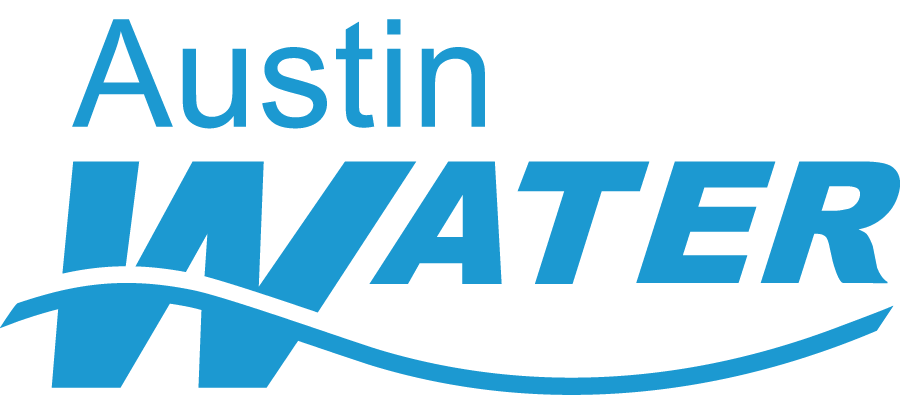REBATES
- Bucks for Business rebates are available for the installation of alternative onsite water systems to meet water demands such as manufacturing, irrigation, cooling tower makeup, washing, toilet flushing and other authorized onsite uses.
- Onsite water sources include: recycled manufacturing process water, air conditioner condensate recovery, rainwater, storm water, graywater, cooling tower blow down, and foundation drain water. A separate rainwater harvesting rebate is available for rainwater harvesting systems. If the system blends rainwater and other onsite sources, the Bucks for Business rebate should be used.
- The rebate is available for existing commercial, industrial and institutional facilities and where the system is not otherwise required by city code or ordinance.
REQUIRED SYSTEMS
Certain new commercial and multifamily facilities are required to install AC condensate capture and use systems (§310.10 Mechanical Code), install steam boilers with steam condensate return systems (§1015.0 Mechanical Code), and reuse cooling tower blowdown for on-site non-potable water demands or provide at least 10% of the cooling tower’s make-up water from on-site alternative water sources (§1126.0 Mechanical Code). Commercial car wash facilities are required to have rinse and wash water recycling systems (§6-4-10 Water Conservation Code). New facilities within 250 feet of a reclaimed water distribution line are also required to hook-up to the city’s “purple pipe” system ( §6-4-11(E) Water Conservation, Chapter 6-4 ).
PERMITTING REGULATIONS
Authorized end uses, corresponding treatment standards, monitoring, reporting, and O&M guidance document requirements for alternative water systems are provided under city and state permitting requirements contained in Chapters 15 and 16 of the city’s Adopted Plumbing Code & Local Amendments (Chapter 25-12, Article 6) and rules of the Texas Commission of Environmental Quality, 30 TAC Chapter 210 Subchapter F.
For more information, visit:
Other Funding, Financing, and Tax Incentive Programs:
- Texas Water Development Financial Assistance
- State Energy Conservation Office Loan Star Program
- PACE
- Texas Sales Tax Exemption;
- Application for Water Conservation Initiatives Property Tax Exemption,
RESOURCES
- Single family residential onsite water reuse guide for homeowners
- Commercial and multi-family residential onsite water reuse guide for customers
- AE Green Building Commercial Guidebook (pdf)
- Alliance for Water Efficiency: Condensate Water Introduction
- San Antonio Water Systems: Condensate Collection and Use Manual for Commercial Buildings
- Gray Water Frequently Asked Questions
- Onsite Non-Potable Water Reuse Practice Guide (William J. Worthen Foundation 2018)

